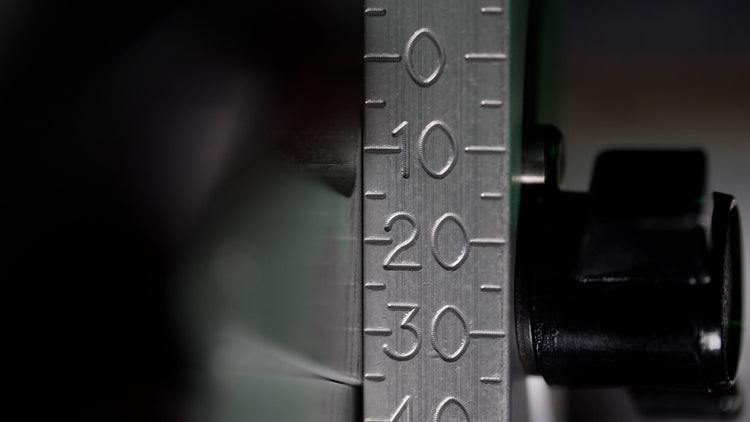The most common angle for the bevel on industrial scissors is 35° and on our Wolff® and KAI® shears, this angle is printed on the blade for easy reference. This is the angle that you set on your clamp to sharpen these scissors.
I thought that I would take the time to define how we measure these angles.
Side note: This post is not about determining what the angle is for sharpening. For that, we recommend doing a scratch test.

The angle depends on the zero reference point. The Wolff Industries Angle Gage displays the related angle when compared to using a protractor.

When using a protractor, it will show the angle as 55° - this is 55° from "zero." This also shows that it is 35° from 90°.
The German method of measuring the angle is from the inside edge 0° for kids scissors. The Japanese call that 90°. In the US, we use the German method to measure. So if the angle gage says 55°, minus that from 90°. That means that 90° – 55° = 35°.
Therefore, the 35° is the edge angle in reference to the inside of the blade but 55° from the outside of the face of the blade.
The most consistent and reliable reference will always be from the inside of the shear because the face of the blade may be sloped (because of the face grind) from the spine to the cutting edge and not parallel to the inside of the blade.
This is also why the sharpening angles of knives and scissors are not 1 to 1.
I hope this short definition has been helpful. Please give us a call or shoot us an email if you still have questions!


